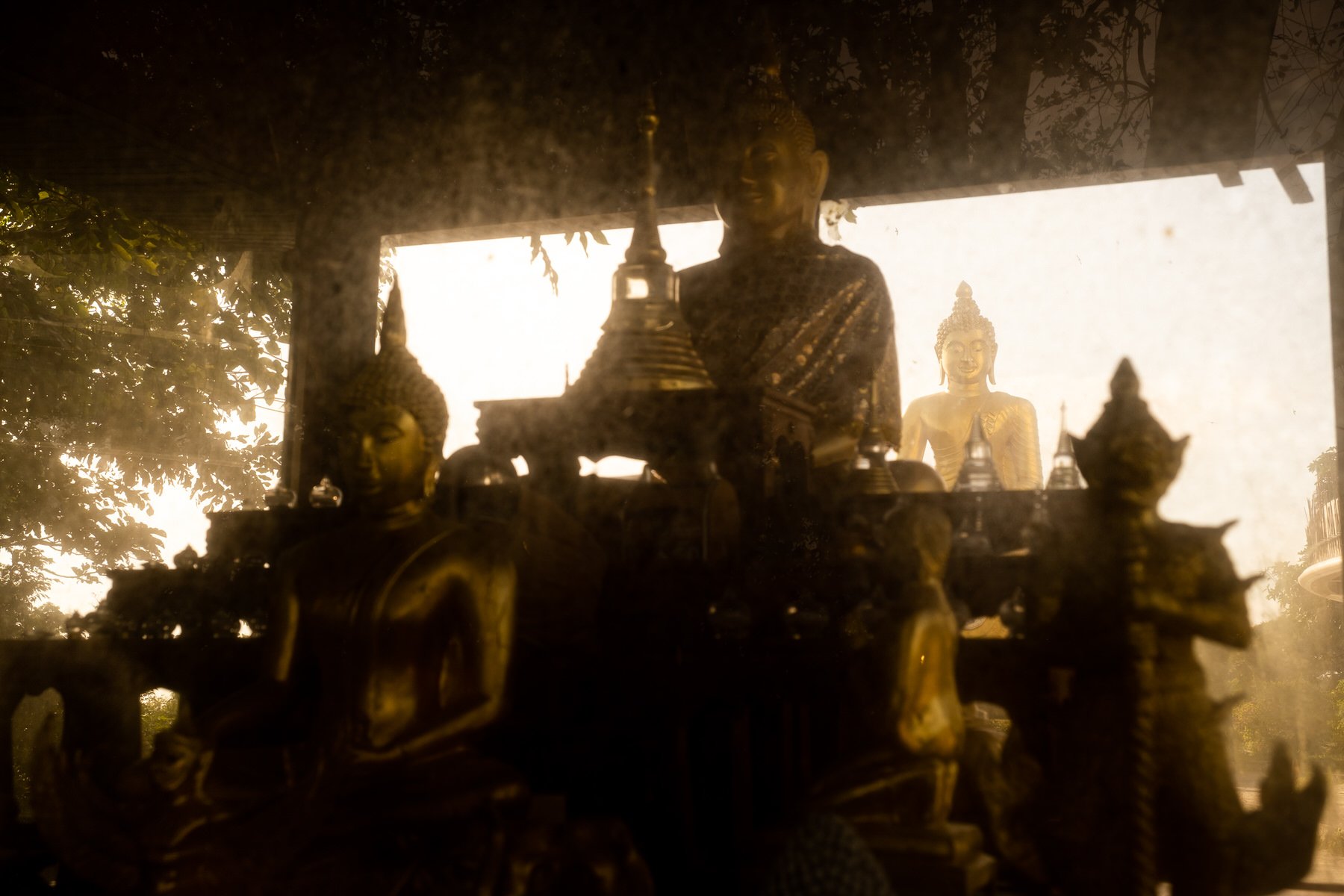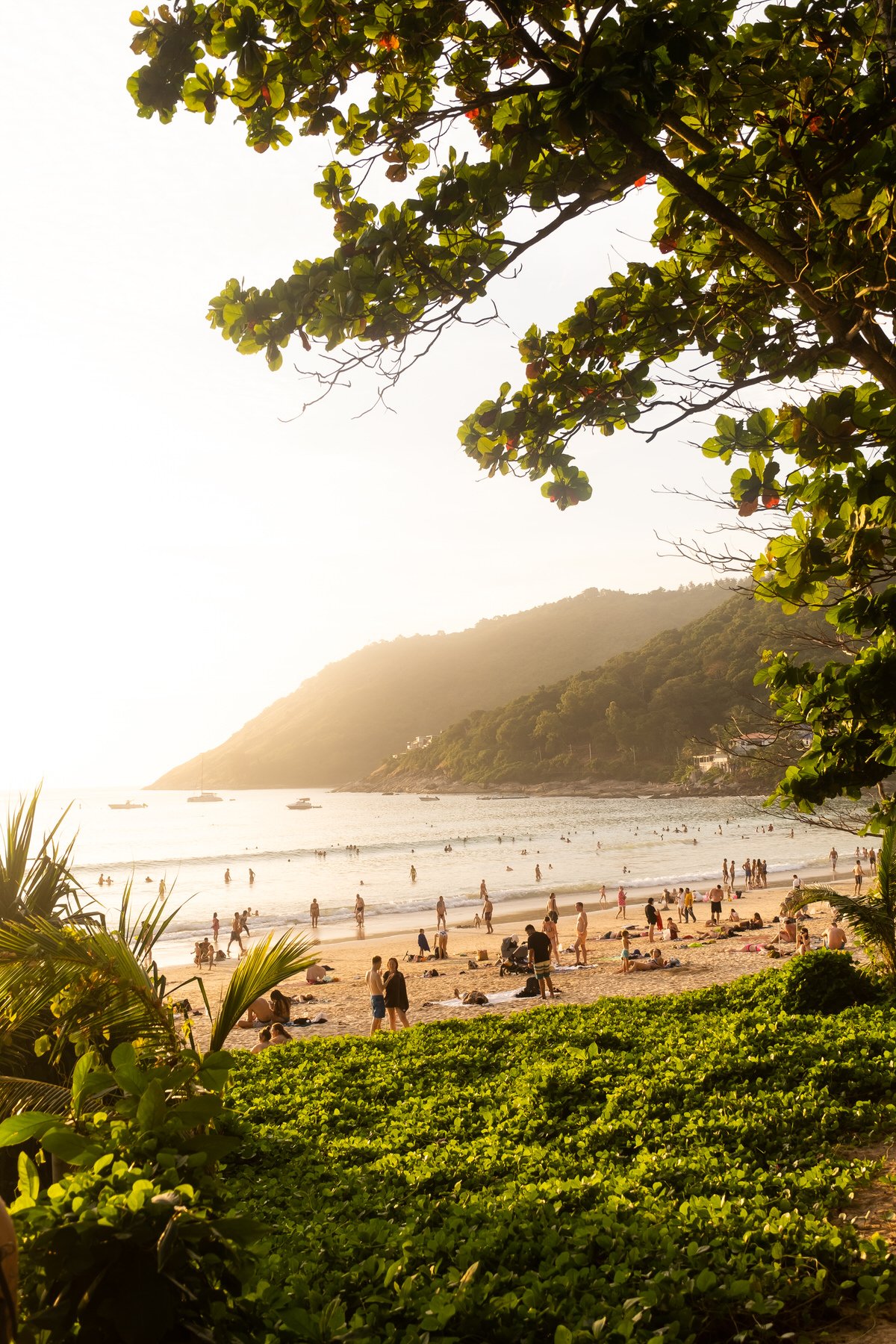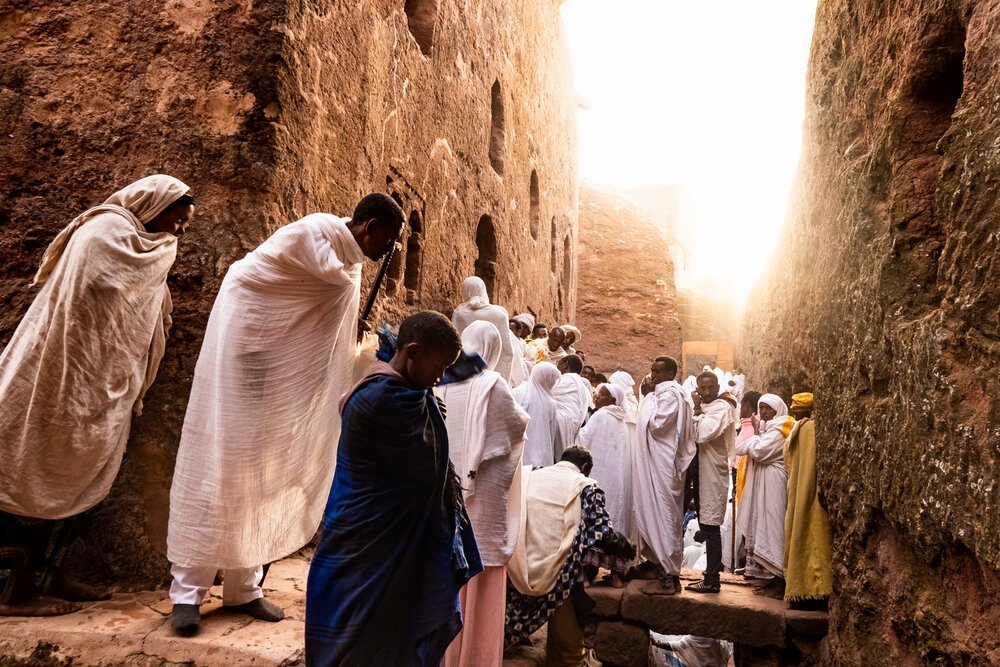Kyoto, Japan is a city that serves as a portal into the heart of Japan's ancient culture. As the former imperial capital, Kyoto is a city steeped in history and tradition. Its streets are lined with ancient temples, shrines, and historic sites, each one holding stories and secrets that stretch back centuries. Kyoto has a magnetism. As a photographer in Japan, I find it hard to break free from the city’s enchantment.
At times, walking through Kyoto is like peering into the past. The city's charming neighborhoods are filled with quaint tea houses, traditional shops, and other establishments that have been passed down through generations. Everywhere you look, you see the remnants of Kyoto's storied past and the cultural traditions that still thrive in the city.
Yet Kyoto is not a city that lives in the past. The city is home to cutting-edge technology and design, coexisting with its ancient heritage in a seamless blend. There are trendy cafes, modern art galleries, and innovative architecture, all while still being enveloped in the beauty and charm of Kyoto's historic atmosphere.
Kyoto's natural beauty is awe-inspiring. The city is surrounded by picturesque mountains, lush gardens, and serene parks, providing a tranquil escape from the hustle and bustle of city life. One can leisurely stroll along the Philosopher's Path, relax in one of the city's many traditional gardens, or explore the stunning giant bamboo groves.
Without a doubt, Kyoto is an idyllic city, embodying the essence of Japanese culture while also celebrating the present and the future. Whether you are a history buff, a nature lover, or simply looking to immerse yourself in Japanese culture, Kyoto has something to offer everyone. Because of this, the past decades have seen Kyoto turn into one of the most popular tourist destinations in Japan.
Kyoto, much like Amsterdam or Venice, has experienced the consequences of over-tourism, a complex issue with far-reaching consequences. The high number of tourists in Kyoto has resulted in overcrowding and congestion leading to safety concerns. The influx of tourists in Kyoto has put pressure on the city's natural resources, leading to issues such as littering and pollution. The increased demand for accommodation and transportation has also resulted in the loss of green spaces and wildlife habitats. More, over-tourism has also had a significant impact on the local community. Residents report feeling crowded out of their own neighborhoods, and rising property prices have made it difficult for many to afford to live in the city center.
When Japan closed its borders due to Covid-19 in April of 2020, Kyoto immediately became a different city. Gone was the tourist noise from Kyoto's thin alleyways. Famous shrines, such as Fushimi Inari could be enjoyed without hordes of tourists donning traditional Japanese dress. Groups from China, Korea, and Singapore, led by guides with oversized umbrellas, could no longer be found clogging the Gion district, clambering for photos of maiko and geisha. Kyoto Station, usually bustling with tourists on the typical Honshu route, was ghostly quiet.
For more than two years, Kyoto locals had their city, at long last, to themselves. During that needed break, residents and municipal officials were able to pause and take stock of the current state of Kyoto. Did the city ever want to return to pre-pandemic bustle or was Kyoto ready for a new era curbing over-tourism?
To find out more about how Kyoto envisioned its position in the post-pandemic world, The New York Times sent me south to document some of the city’s features and tourist trends that were up for debate. More, I was given the opportunity to meet and photograph figures, such as Mayor Daisaku Kadokawa, who were instrumental in reimagining what sustainable tourism looks like in Kyoto, Japan.
To learn more, read the story Kyoto Wants You Back directly in The New York Times and scroll below for some of my outtakes from the travel photography assignment.


























































































































